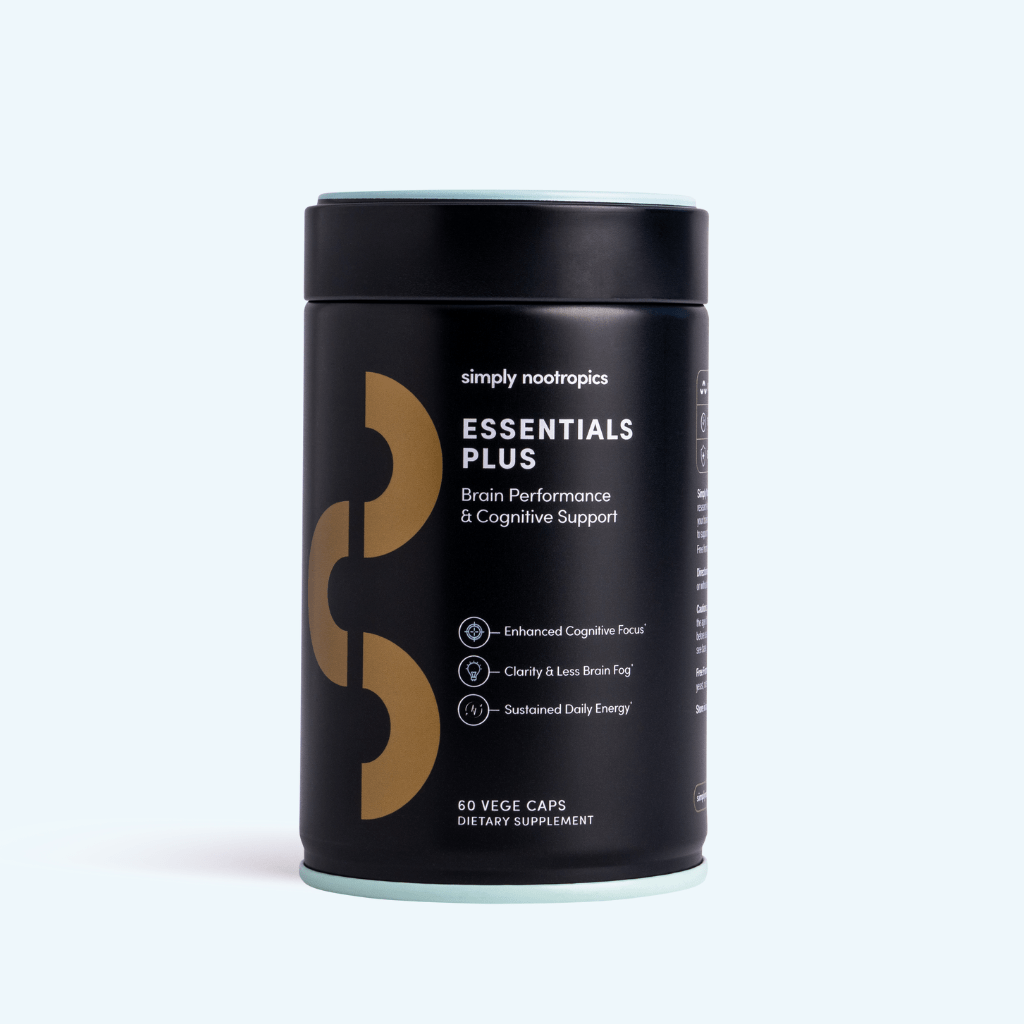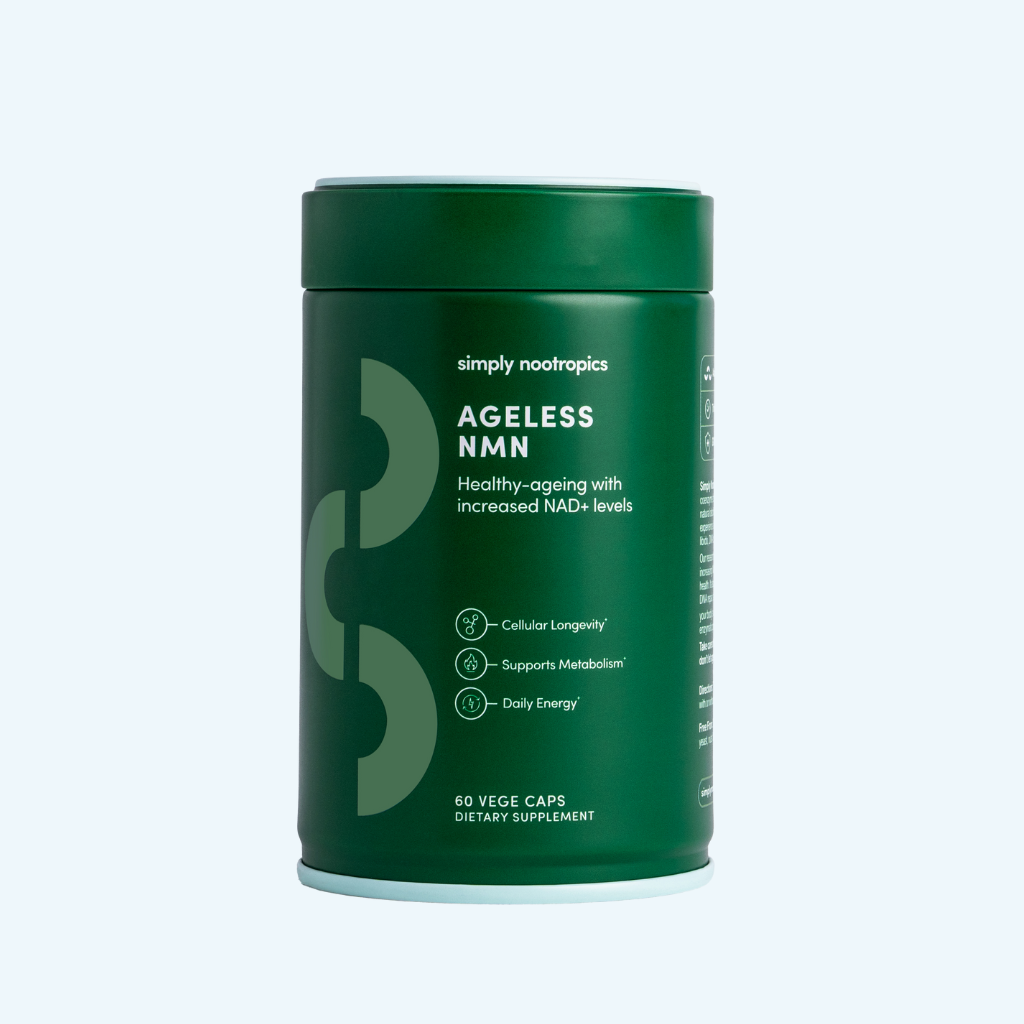We live in a constant state of high cognitive demand. From complex decision-making to managing information overload, maintaining focus and emotional stability is a daily battle. This high-pressure environment keeps the body perpetually in a state of stress, governed by the release of the hormone cortisol.
While supplements can provide crucial nutritional support for the brain, achieving true cognitive mastery also requires a foundational tool that works immediately on the body’s chemistry: conscious breathing.
Controlled breathwork is not merely a passive relaxation technique. It is a physiological shortcut to the nervous system, allowing you to fix cortisol levels and shift your brain into a state optimised for high-level performance.
The Vagus Nerve
The fundamental mechanism behind breathwork’s power is its direct influence over the Autonomic Nervous System (ANS). The ANS governs your involuntary functions and operates in two opposing states:
-
Sympathetic Nervous System (SNS): The "fight or flight" response. It releases cortisol, increases heart rate, and focuses attention on threats, a state counter-productive to complex thought.
-
Parasympathetic Nervous System (PNS): The "rest and digest" state. It reduces cortisol, slows the heart, and promotes calm, creative thinking, and recovery.
The PNS is primarily activated by the Vagus Nerve, the longest cranial nerve running from the brainstem through the chest and abdomen. When you engage in slow, deep, rhythmic breathing, you are physically stimulating the Vagus Nerve via the diaphragm’s movement.
The Cortisol Solution
This shift in neurological signalling results in a rapid decrease in circulating cortisol, the primary stress hormone. By consciously extending your exhale, you stimulate the PNS, lower your heart rate, and enhance your Vagal Tone, a key indicator of nervous system health and resilience. A higher Vagal Tone means your body can recover from stress faster, keeping your mind clearer and your focus stable when pressure mounts.
The specific technique proven most effective for this purpose is simple: make your exhale longer than your inhale. This ratio maximises vagal nerve stimulation and offers the most immediate relief from stress.
Fuelling Executive Function
Deep, diaphragmatic breathing maximises the air exchange in the lungs, increasing oxygen saturation in the blood. This enhanced oxygenation is crucial for the Prefrontal Cortex (PFC), the region of the brain responsible for "executive function," which includes working memory, abstract reasoning, and, critically, sustained attention.
Clinical studies have demonstrated that periods of slow, controlled breathing are correlated with increased blood flow and activity in the PFC. When this region is optimally fueled, you experience a notable lift in mental clarity and a reduction in the "brain fog" that often accompanies fatigue or stress.
Breathwork and Neuroplasticity: A Long-Term Investment
The immediate benefits of stress reduction and enhanced focus are compelling, but the long-term, structural impact of breathwork on brain health is perhaps its most profound advantage. Consistent, focused breathing acts as a catalyst for neuroplasticity - the brain’s ability to reorganise and form new neural connections.
This adaptive process is driven in part by Brain-Derived Neurotrophic Factor (BDNF), a protein essential for the survival and growth of neurons. Research has linked mindfulness and breath-focused practices to an upregulation of BDNF, which supports several cognitive benefits:
-
Memory Enhancement: Higher BDNF levels are associated with increased neurogenesis (new neuron formation) in the hippocampus, the brain’s core region for learning and memory.
-
Structural Integrity: Long-term practitioners have shown increases in gray matter volume in regions correlated with self-awareness and emotional regulation, suggesting that breathwork literally builds a more resilient and integrated brain structure.
Incorporating breathwork daily moves it beyond a temporary fix and establishes it as a powerful practice for maintaining cognitive endurance and protecting against age-related decline.
The Superiority of Nasal Breathing
For maximal cognitive benefit, breathwork should emphasise nasal breathing. The nasal cavity naturally slows the incoming air, helping to optimise the ratio of oxygen to carbon dioxide (the Bohr effect), which improves the efficiency of oxygen delivery to tissues.
Also, nasal breathing creates nitric oxide, a compound that enhances blood flow and improves the brain's internal signalling, offering a measurable advantage over disorganised mouth breathing.
Practical Application: The 5-Minute Cortisol Reset
You do not need to dedicate long sessions to start experiencing these benefits. Even three to five minutes of focused breathing can reset your nervous system and dramatically fix cortisol levels.
1. Coherent Breathing (The 6-Breaths-Per-Minute Rhythm)
This rhythm is widely considered the most effective for achieving optimal Heart Rate Variability (HRV) and Vagal Tone activation, maximizing the shift to the PNS.
-
Goal: Inhale for 5 seconds, Exhale for 5 seconds (6 breaths per minute).
-
Method: Breathe slowly and deeply through the nose, making the inhale and the exhale equal and smooth. Focus on the gentle movement of the diaphragm, expanding your belly outward.
-
Use: Ideal for a morning routine or a focused "reset" before deep work.
2. Box Breathing
This technique is excellent for clearing mental fog and calming high anxiety. The holds create symmetry and balance in the nervous system, which helps stabilise attention.
-
Method: Inhale through the nose for 4 seconds. Hold your breath for 4 seconds. Exhale slowly through the mouth or nose for 4 seconds. Hold the lungs empty for 4 seconds.
-
Use: Excellent for reducing acute stress, managing anxiety, or calming the mind during a disruptive break in work.
3. Alternate Nostril Breathing (Nadi Shodhana)
This practice is scientifically shown to integrate the left and right hemispheres of the brain, leading to better focus and executive function.
-
Method: Use your right thumb to close your right nostril. Inhale slowly through the left. Close the left nostril with your ring finger, release the thumb, and exhale through the right. Inhale through the right. Close the right, release the ring finger, and exhale through the left.
-
Use: A powerful tool for centering the mind and achieving a state of mental readiness before critical tasks.
Partnering Breathwork with Essentials Plus
Conscious breathwork is the necessary foundational practice for optimising your brain’s performance, but sustaining this level of clarity and cognitive resilience requires consistent nutritional support.
This is where the synergy with Essentials Plus becomes essential. Just as breathwork optimises the delivery systems of your brain (oxygenation, blood flow, stress regulation), Essentials Plus provides the high-quality building blocks and neuro-protectors needed to maintain that optimised state over the long term.
For instance, the stress-modulating work you achieve through Vagal Nerve stimulation is reinforced by the powerful adaptogens in Essentials Plus, such as Ashwagandha and Rhodiola Rosea, which continue to buffer the brain against fatigue and high cortisol levels long after your breathing exercise is done.
By marrying the immediate physiological benefits of breathwork with the comprehensive nutritional support of a formula like Essentials Plus, you move beyond temporary fixes and establish a robust, dual-approach system for peak cognitive clarity and unwavering focus.















